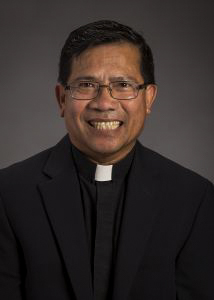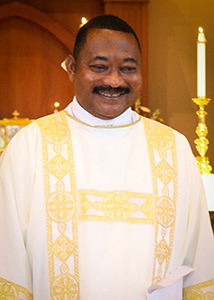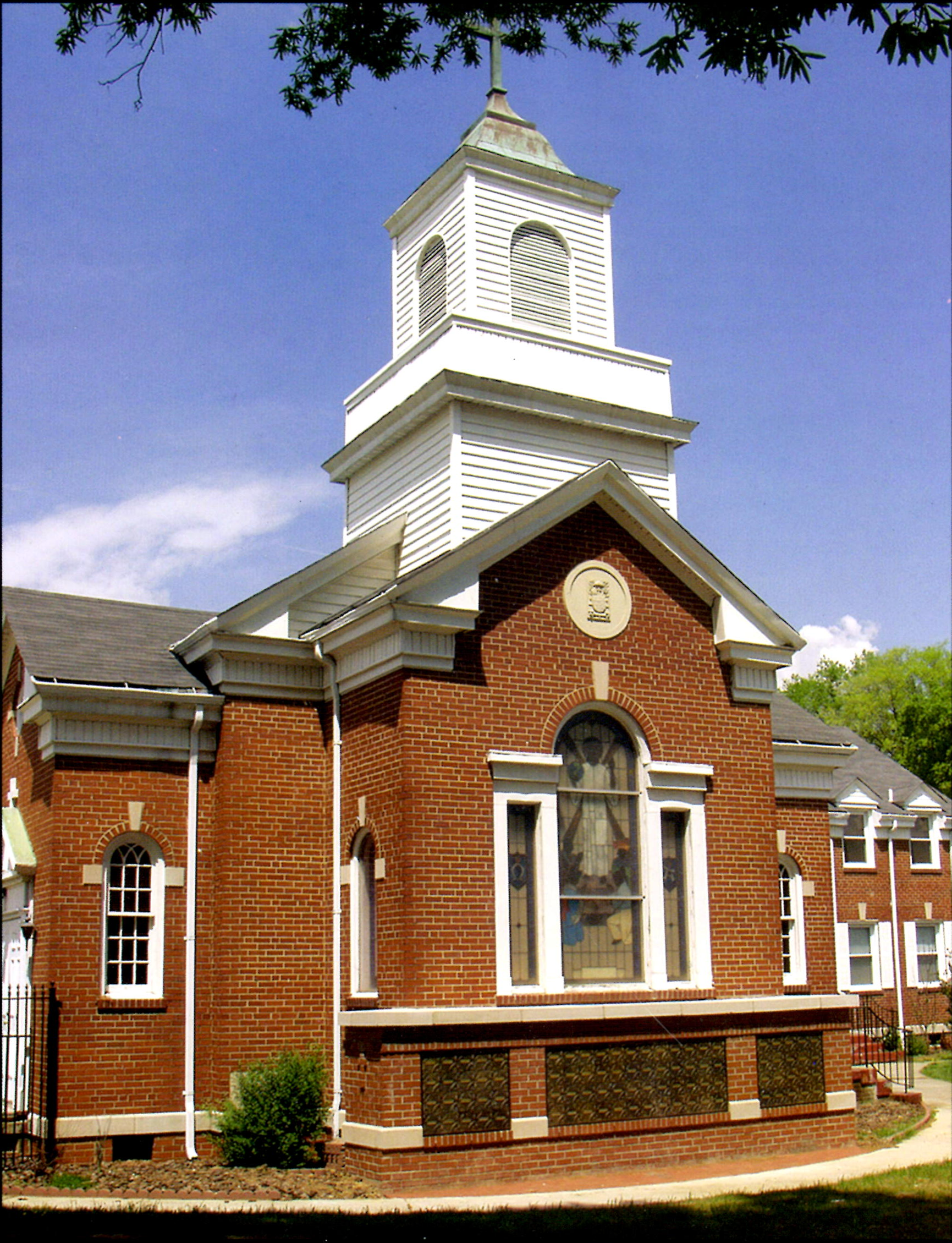OUR CLERGY

Father Joseph Dinh

Emmanuel Ukattah, Deacon

Enedino Aquino, Deacon

Father Joseph Dinh

Emmanuel Ukattah, Deacon

Enedino Aquino, Deacon
Brothers and Sisters in Christ,
Today’s Gospel reading focuses on St. Joseph, a silent man who did not speak one word and yet he had a crucial role in the mystery of the Incarnation.
In fact, the infancy narratives in the Gospel of Matthew focus more on Joseph than on Mary. Why? Because the Gospel of Matthew was written directly for Christians of Jewish descent. The Jews firmly believed that the Messiah to be born in the line of David, and Matthew wanted to demonstrate that Jesus is the Messiah promised by the prophets in the Scriptures as coming through the line of David. Joseph is a direct descendent of David and in the Gospel of Matthew, it is Joseph who names the child. According to the Jewish tradition at that time, when Joseph named the child he gave his own spirit and all he was to the child. Jesus, Son of God and Son of Mary, but also, through the action of naming the child by Joseph, He is Son of David.
And the angel said to Joseph in the dream: “Do not be afraid. Trust God, for the child is special.” Joseph listened to the message of God and he put his complete trust in the Lord. He listened to the voice of God and did what was right.
Christmas is not a time for fear. It is a time for love. Our whole lives must consist in efforts to love others as Jesus loved. To do this we need a gift from God. That gift is trust. Like Joseph, we need to trust God to work things out. We have to trust the Lord to remove the fear that prevents us from loving and caring. We have to trust the Lord to protect us from hurt when we take a step outside of ourselves and a step into love.
May the Lord fill us with His love so that we continue to grow in love!
Fr. Joe

Christ the King Church was founded in 1940 to serve the African-American Catholics in High Point, and has since become a multi-ethnic parish celebrating both the diversity and unity of the Catholic faith and tradition. Then-Bishop Eugene F. McGuinness of Raleigh invited the Franciscan Friars of the Atonement of Graymoor, NY to staff the new mission in High Point in 1940. Father Bernardine Watson served as the first pastor, originally celebrating Mass in a funeral home. Through the generosity and perseverance of Father Watson and several benefactors, a clothing shop was acquired for use by the mission. While Mass continued to be celebrated there during much of 1941, the mission community members also turned their attention to building a new church and rectory on Kivett Drive. The new colonial-style church was dedicated by Bishop McGuinness Dec. 14, 1941.
During the 1940s and into the ’50s, the Christ the King parish community continued to grow. A school building and convent were built in 1949, and in 1950 the Franciscan Handmaids arrived from New York City to staff the school. The African-American communities, both Catholic and non-Catholic, of High Point, Thomasville and Greensboro were served by the new Christ the King School, which opened its doors to 50 students in September 1950. The friars continued their pastorate in High Point for the next several decades, cultivating a faith community that became continually more culturally diverse over time. A stained-glass window behind the church’s choir loft depicts that diversity, with Jesus surrounded by four individuals representing the African, Asian, European and Indian bloodlines that make up much of the parish community today.
Lowering enrollment, financial difficulties and the recalling of the sisters to New York forced Christ the King School to close in 1981. The diocesan office of education converted the school for use as a day care center, which began its operation in August 1981. That same year, Franciscan Sisters of the Atonement arrived at Christ the King Church to conduct the religious education program and other ministerial work, including assisting at the day care center. The center, still located on parish grounds, is now privately operated and continues to serve the area.
Upon the friars’ leaving High Point in 1991, Christ the King Church became a diocesan parish in December of that year. Fathers Martin Madison and John Hoover served the parish until December 1994, when Father Philip Kollithanath, was appointed to Christ the King Church. Assisting in the advancing growth of the Christ the King community have been many commissions and ministries focusing on the spiritual , educational, multicultural and evangelical dimensions of the parish. Parishioners gather to engage in Bible study , to learn English as a Second Language, to put their faith into action in the local community and to celebrate their ethnicity. A Hispanic center and bilingual religious education program provide sharing and learning opportunities for English and Spanish speaking parishioners, and the parish African-American Ministry offers outreach programs benefiting the local region. The Women’s Guild, Altar Guild, 55+ Club and Young & Spirited Group are active in parish and community services, and the evangelization commission provides for the spiritual needs of homebound parishioners through its Visitation Ministry. The community of Christ the King Church looks ahead to expansion and renovation projects that will accommodate the needs of a growing parish. One hundred and sixty-one households currently make up the parish registry.